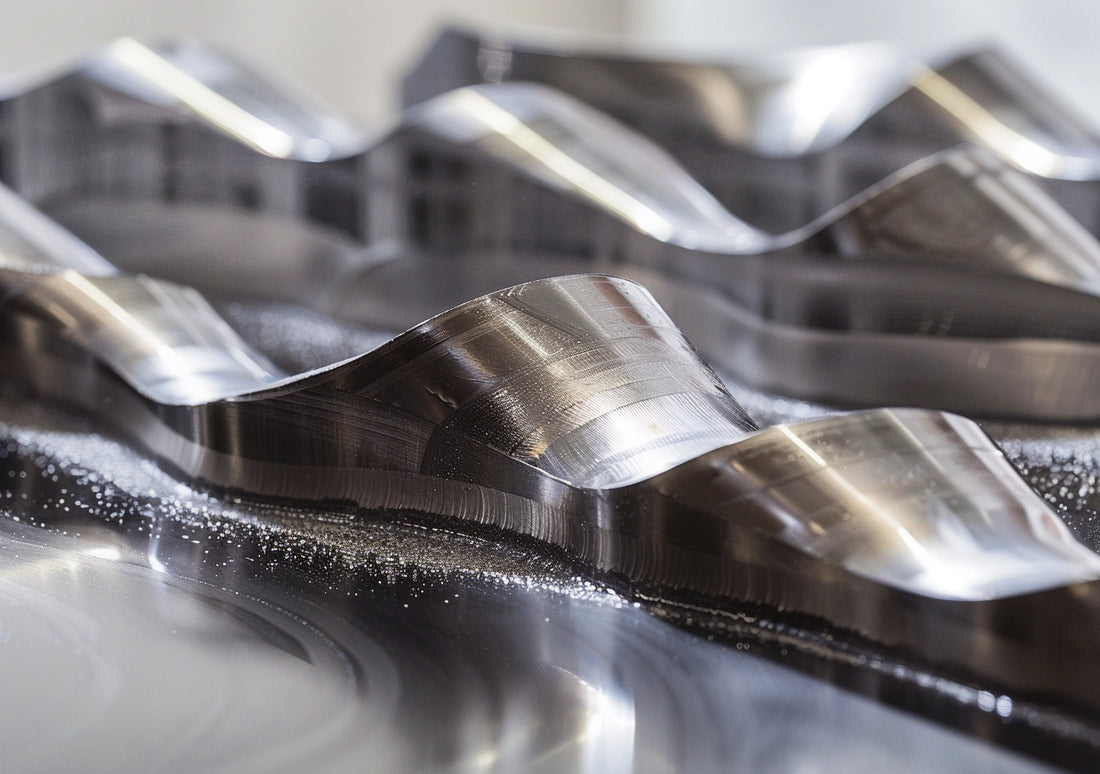
Perfecting Precision: Deburring Techniques with Carbide Burrs
Share
Introduction: Deburring is a critical step in machining and fabrication processes, aimed at removing sharp edges, burrs, and imperfections from workpieces to achieve smooth surfaces and precise dimensions. Carbide burrs are indispensable tools for deburring tasks, offering exceptional cutting performance and versatility. In this guide, we'll delve into advanced deburring techniques using carbide burrs, empowering you to achieve flawless results and enhance the quality of your workpieces.
Mastering Deburring Techniques:
1. Edge Break Deburring:
- Edge break deburring involves rounding or chamfering sharp edges and corners of workpieces to improve safety and aesthetics.
- Use carbide burrs with pointed or flame-shaped tips to perform controlled passes along edges, breaking sharp corners and creating uniform edge profiles.
2. Surface Deburring:
- Surface deburring focuses on removing burrs and irregularities from flat or contoured surfaces to achieve smooth finishes.
- Utilize carbide burrs with fine-cut patterns or double-cut configurations to gently remove burrs and imperfections without damaging the workpiece surface.
3. Hole and Cavity Deburring:
- Deburring internal features such as holes, bores, and cavities requires specialized techniques and tools.
- Select carbide burrs with ball-shaped tips or extended reach designs to access tight spaces and remove burrs from internal surfaces effectively.
4. Complex Geometry Deburring:
- Deburring complex geometries, such as machined profiles, intricate patterns, or contoured surfaces, demands precision and attention to detail.
- Employ carbide burrs with custom shapes or profiles tailored to the specific geometry of the workpiece, ensuring thorough deburring without compromising intricate details.
Tips for Optimal Deburring:
- Start with Light Pressure: Begin deburring operations with light pressure and controlled passes to gauge the cutting performance and avoid over-removal of material.
- Work in Incremental Steps: Perform deburring in incremental steps, gradually removing burrs and imperfections while monitoring the workpiece surface for uniformity and quality.
- Use Coolant or Lubricant: Apply coolant or lubricant when deburring with carbide burrs to reduce friction, heat generation, and tool wear, enhancing cutting performance and prolonging tool life.
- Inspect and Verify: Regularly inspect the deburred surfaces for remaining burrs or imperfections, verifying the quality of the deburring process and making adjustments as needed to achieve desired results.
- Practice Safety Precautions: Wear appropriate personal protective equipment (PPE), including safety glasses, gloves, and respiratory protection, when deburring with carbide burrs to protect against flying debris and particles.
Conclusion: By mastering advanced deburring techniques with carbide burrs, you can elevate the quality of your machining and fabrication projects, achieving flawless surfaces, precise dimensions, and enhanced safety. By following best practices and adhering to safety precautions, you can unleash the full potential of carbide burrs in deburring applications and achieve outstanding results in your work.




